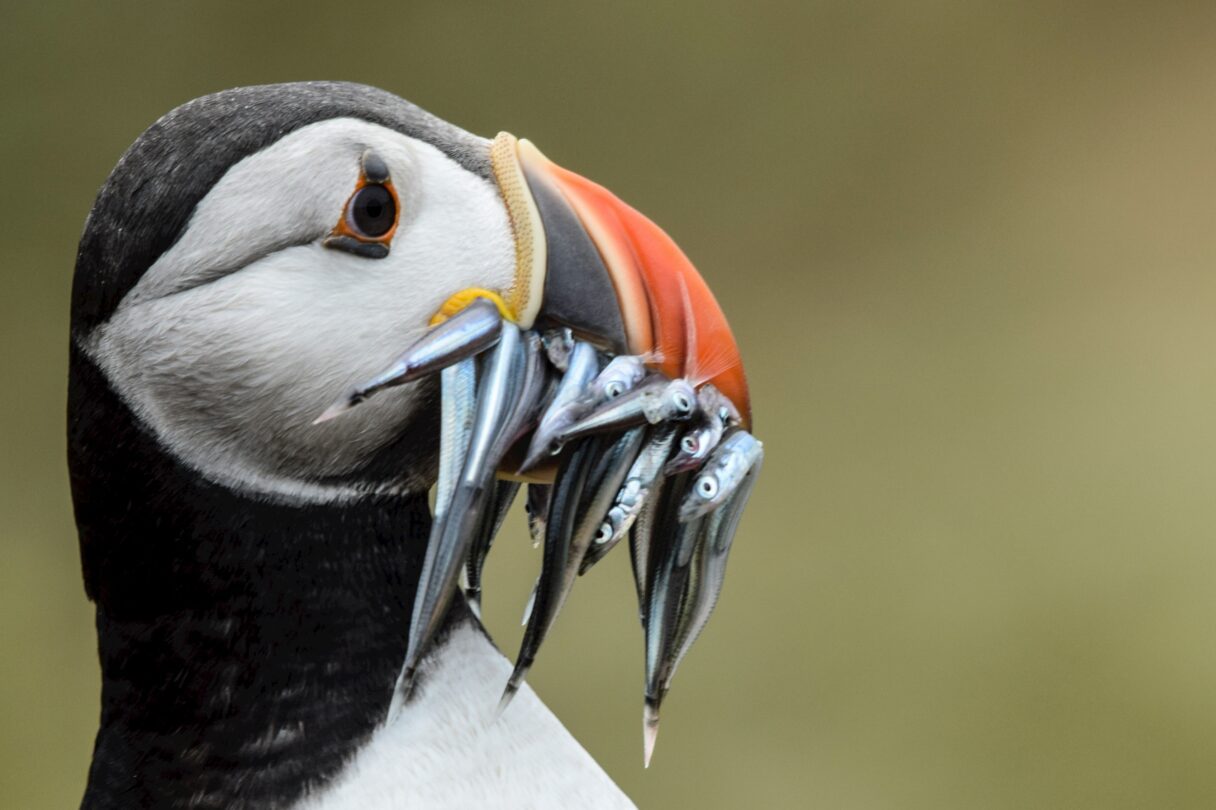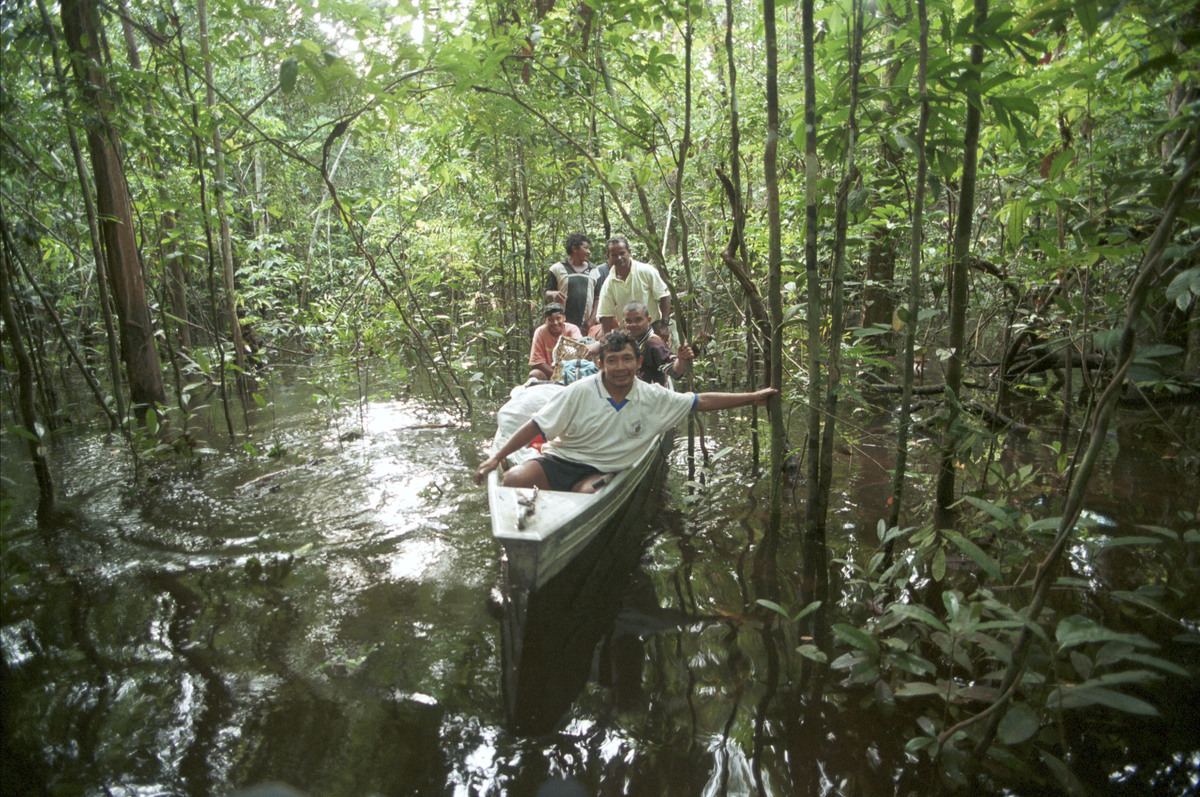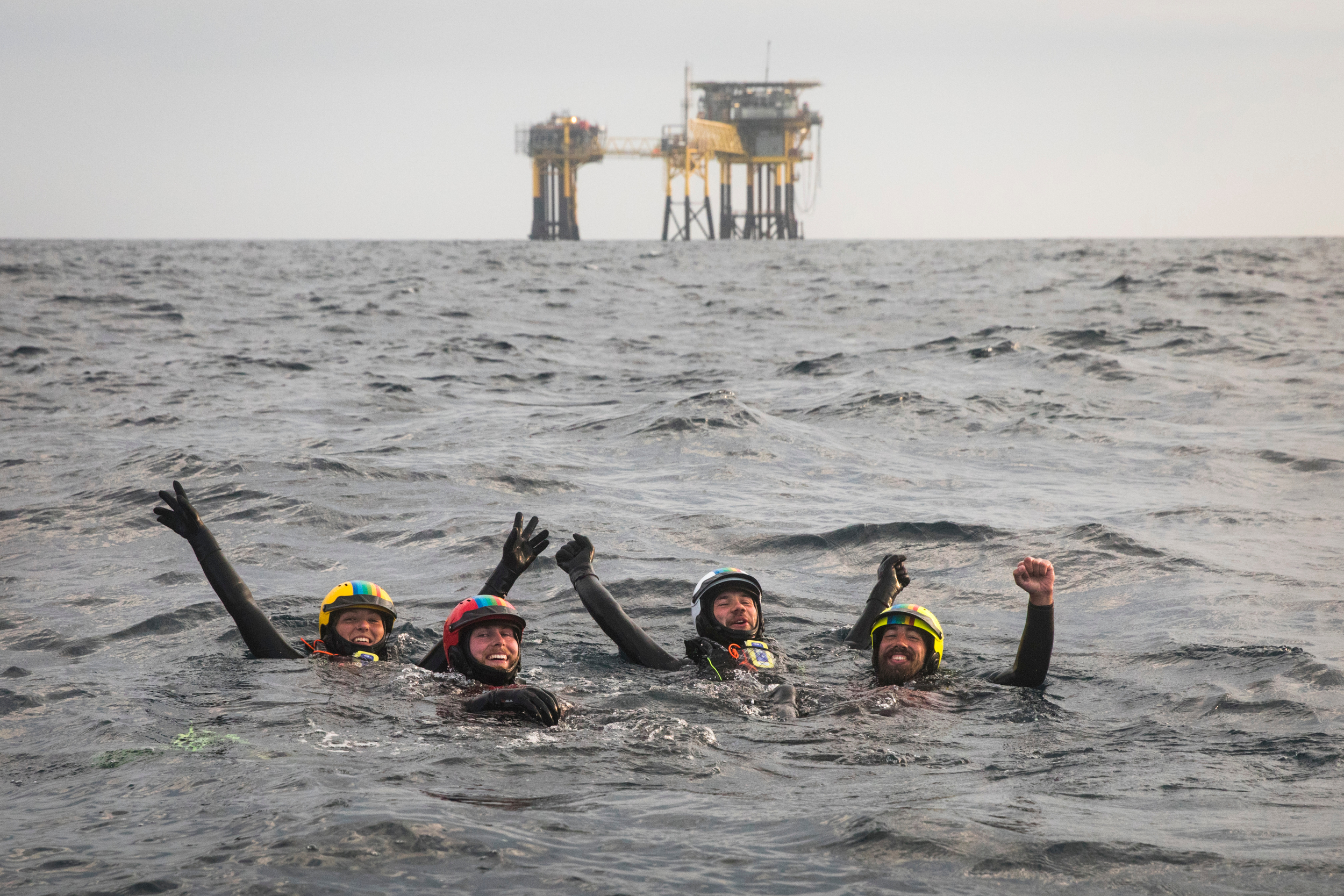
Major legal win on oil drilling
A Greenpeace-supported court case on oil drilling has ended with a big win for the climate. UK fossil fuel projects will no longer be allowed to ignore the emissions from burning the fossil fuels they extract.

Greenpeace campaigns are changing the world for the better. From saving the whales to getting rid of polluting cars, here are some of the victories Greenpeace has achieved.
Greenpeace’s vision is a greener, healthier and more peaceful planet – one that can sustain life for generations to come.
Powered by individual donations, dedicated volunteers and millions of supporters, our campaigns combine cutting-edge science, investigative journalism, political lobbying, mass mobilisation and creative peaceful protests. And the iconic Greenpeace ships allow us to protect the most remote and precious environments on Earth.
Of course, we’re still a long way from winning. But these successes – nearly always won in alliance with grassroots groups and other organisations – show a glimpse of what’s possible.

A Greenpeace-supported court case on oil drilling has ended with a big win for the climate. UK fossil fuel projects will no longer be allowed to ignore the emissions from burning the fossil fuels they extract.

Puffins will be eating better thanks to a Greenpeace-backed ban on sand eel fishing. Sand eels are a vital food source for puffins and other seabirds.

No more disposable vapes littering the streets and filling up landfill sites. Over 250,000 people signed a successful petition to end the sale of throwaway vapes, tackling a rising waste problem.

Following a worldwide campaign from Greenpeace and others, governments agreed a Global Ocean Treaty. The treaty paves the way for new ocean sanctuaries where sea life can recover and thrive.

Greenpeace supporters helped persuade the UK government to call for a global ban on deep-sea mining. That's a big boost for the wider campaign to protect fragile seabed habitats.

London made its ultra-low emissions zone 18 times bigger than before, after Greenpeace investigations showed thousands of children were exposed to illegal pollution levels.
Founded in 1971, Greenpeace now works in dozens of countries around the world, campaigning on a huge range of issues. These highlights from our 50-year history show how so many of the environmental protections we enjoy today were won through the bravery and dedication of Greenpeace campaigners, activists and supporters across the decades.



Whaling for meat, oil, or whalebone devastated the world’s biggest whale species in the first half of the 20th century, pushing some of them to the very brink of extinction. Greenpeace’s early whaling campaign showed the public images of whales being killed, which sparked a popular movement against whaling. After over a decade of committed campaigning, the ‘Save the Whales’ movement triumphed in 1982, when the International Whaling Commission voted to ban commercial whaling.





After a ten-year campaign alongside First Nations groups, Greenpeace secured protection for over two million hectares of Canada’s stunning Great Bear Rainforest. Seen as one of the greatest environmental victories in Canadian history, the campaign saw activists arrested, sued and beaten as they resisted the logging interests that threatened the forest, and piled pressure on the British Columbian government to act.


In October 2015, Shell announced that it was giving up plans to drill for oil in the Alaskan Arctic. This followed years of Greenpeace protests all across the world, building a movement of millions of people that Shell couldn’t ignore. Shell blamed the decision on low oil prices and high costs, but the company also admitted that the protests had a bigger impact than they expected, and damaged Shell’s reputation.


After years of tense negotiations, world leaders secured a Global Ocean Treaty. Over years of campaigning, Greenpeace visited every ocean, documenting challenges to marine life and ecosystems – from destructive fishing to deep sea mining. Hailed as the biggest conservation victory ever, the new treaty paves the way for the creation of ocean sanctuaries in which ecosystems can recover and thrive, potentially saving our oceans from the brink of disaster.
Our investigations provide research, evidence and intelligence about environmental crimes and their perpetrators to inform and enable our campaigns.
We make sure that our campaign demands are clearly heard by decision-makers like politicians and business leaders, and we ask them to translate these demands into real action that protects the environment.
Our campaigns give people a chance to channel their love for our world into real action. Millions of people play a part in Greenpeace's work, working together to demand a better world.
Guided by principles of non-violence and personal responsibility, Greenpeace activists intervene to stop environmental crimes, and use creative peaceful protests to demand action from those in power.
For 50 years we've changed the world, but nothing changes without you. Find out more about the impact of leaving a gift to Greenpeace in your Will.